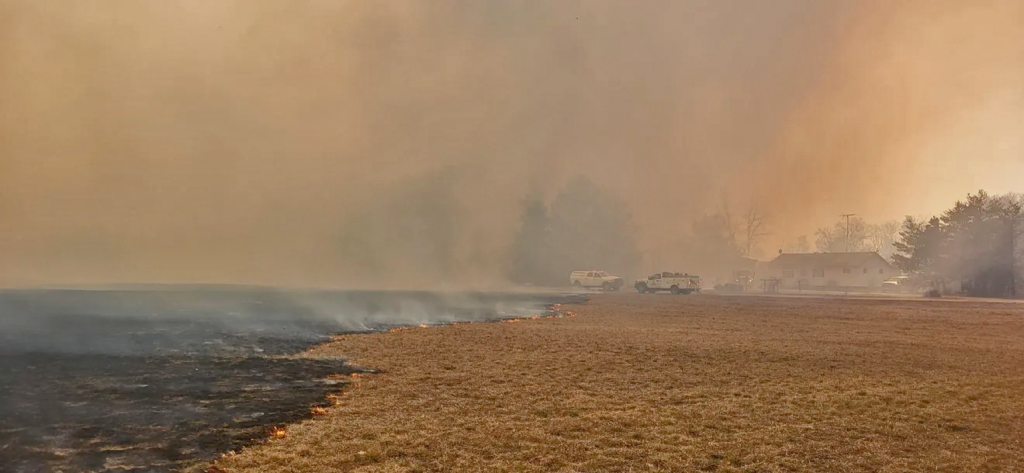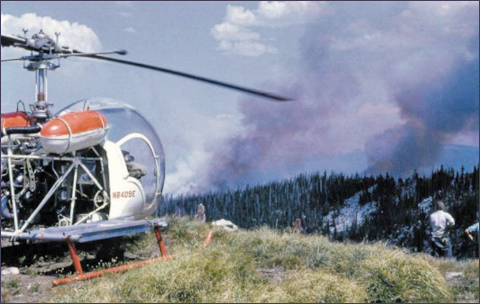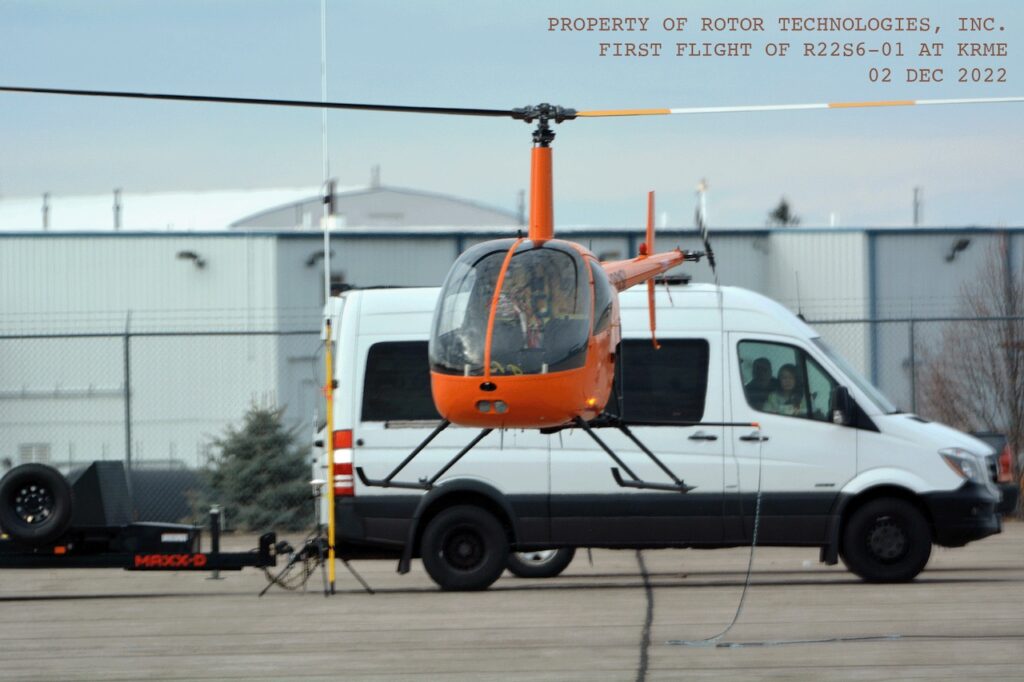For weeks, Alberta Wildfire officials have begged people to stay away from evacuation zones, and now the Royal Canadian Mounted Police (RCMP) will charge a man who ignored those warnings and had to be rescued when he became trapped by flames. RCMP said that Friday afternoon in the Fox Creek area, a 72,830-hectare fire that’s part of the Eagle Complex trapped a man who became stranded northwest of Fox Creek. GlobalNews.ca reported that police were called at 2:45 p.m. about a man stranded, where he had attempted to use a gravel road to get around an evacuation zone checkpoint. Because of active fire in the area, police said it was not safe for first responders to go in and rescue the man — so a forestry helicopter flew in and airlifted him to safety.
On Sunday, RCMP said they are seeking to lay common nuisance charges against the man for diverting firefighting resources.
“Alberta RCMP continue to be deployed with specialized units to assist with public safety and crime reduction efforts during these fires,” said district advisory NCO Staff Sgt. Neal Fraser in a statement. The man’s name was not yet released; RCMP expected details to come later this week. On Monday, Alberta Wildfire said the fire near Fox Creek is still burning out of control but hasn’t grown toward the community in the past day.
Rain was expected late Monday. The province said firefighters are taking advantage of the quieter fire behavior to reinforce a fire guard west of Fox Creek and to build a new line along the southern edge of an excursion that crossed Highway 43 north of Fox Creek. Heavy equipment is also working on fire guards, to remove hazardous rotten trees that pose a risk to both firefighters and area residents. As of Monday, there were 164 provincial wildland firefighters and support personnel working the fire, along with a structural protection unit and the Fox Creek Fire Department.
Also helping were firefighters from Colorado and New Brunswick, and about 100 soldiers from 1 Combat Engineer Regiment out of CFB Edmonton.
There were also 17 helicopters working on the Eagle Complex, including two heavy helicopters dedicated to dropping water with buckets.








